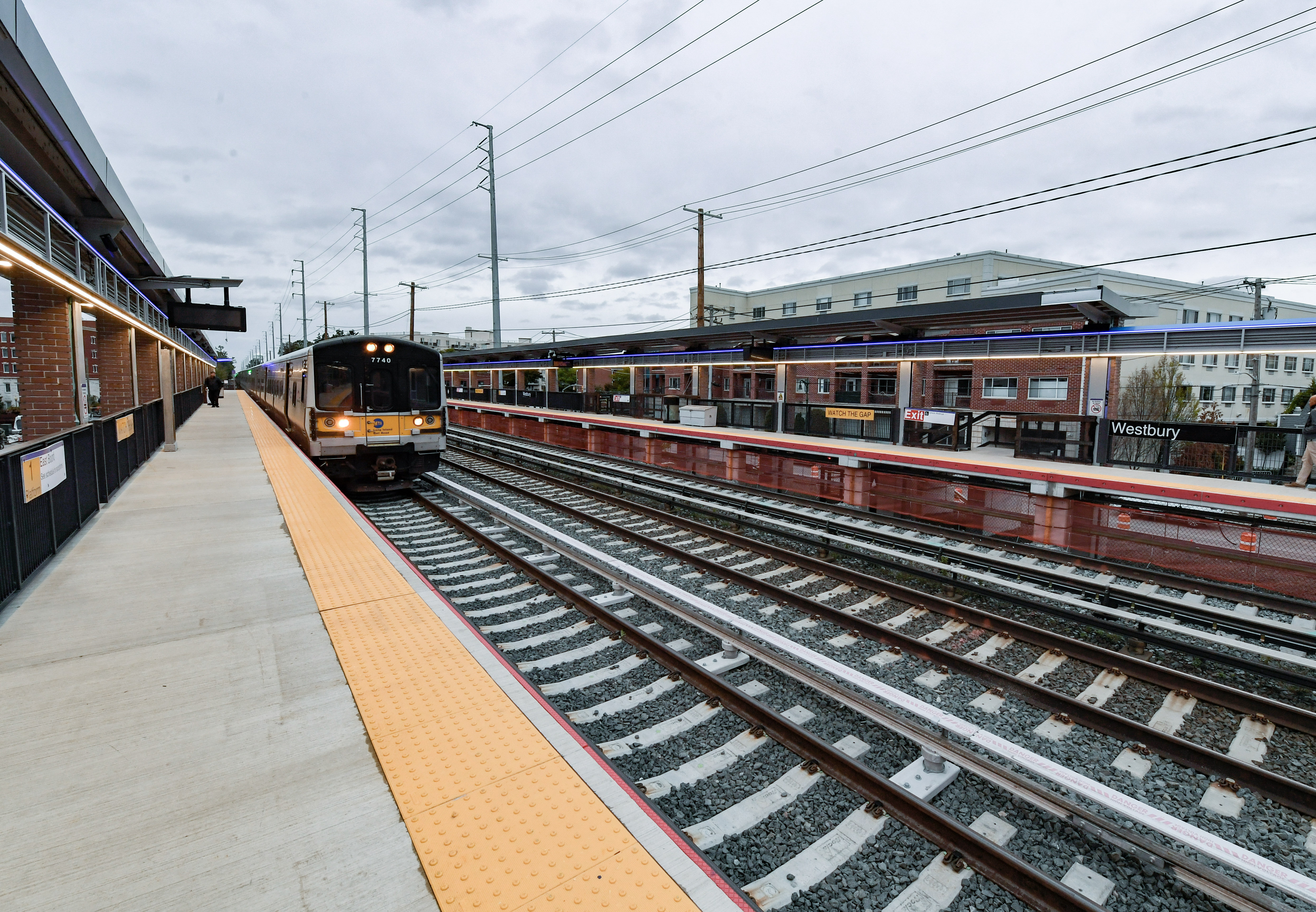As of September 2023, the Long Island Rail Road (LIRR) faces the imminent threat of a strike with potential shutdown on September 18, which could greatly impact the lives of many commuters. The situation arises amid significant labor negotiations between the Metropolitan Transportation Authority (MTA) and various unions representing LIRR workers. This report will delve into the background of the labor dispute, the implications of a strike, and potential steps riders can take to prepare.
Background of the Dispute
In recent months, negotiations between the MTA and LIRR unions have intensified. The MTA has offered a contract that includes a 9.5% wage increase spread over three years. Approximately half of the LIRR workforce has accepted these terms, which aim to position LIRR employees as the highest-paid railroad workers in the United States. However, the reluctance of some unions to accept this offer has raised the specter of a strike.
The bargaining process is standard in labor relations, with both sides working toward a mutually beneficial agreement. However, the breakdown in discussions highlights deeper underlying issues, including worker job protections, benefits, and compensation amidst rising living costs. Such disputes often reflect broader labor trends across various industries in the U.S., where workers demand fair treatment amid post-pandemic recovery dynamics.
Implications of a Strike
The potential strike poses severe challenges for both the MTA and the nearly 300,000 daily riders who rely on LIRR services. Commuters who depend on the train to navigate their daily lives—from reaching their workplaces to attending school or fulfilling personal responsibilities—would face significant disruptions.
A complete shutdown of LIRR services would likely lead to:
Increased Traffic Congestion: With a significant number of commuters transitioning to alternative modes of transportation, local roadways could become severely congested, impacting travel times and increasing safety hazards.
Economic Impact: Businesses in affected areas could see reduced patronage as customers struggle to find alternative transport. Local economies rely heavily on foot traffic generated by commuters.
- Service Limitations: Alternatives to LIRR, such as buses or carpooling, may not adequately accommodate the sudden influx of riders, leading to long waits and further frustrations.
Ongoing Negotiations
During the negotiation process, MTA leaders have made concerted efforts to engage with union representatives. They emphasize their commitment to reaching a fair resolution that satisfies both the needs of the workers and the operational requirements of the LIRR.
However, the division among unions reflects the complex landscape of labor relations, where certain factions may have different priorities or grievances. MTA officials urge the unions to consider the broader implications of a strike—not just for the employees, but for the communities they serve.
Preparing for Potential Disruptions
Given the uncertainty surrounding the negotiations, it is prudent for riders to prepare for the possibility of a strike. Here are key steps that commuters can take:
Stay Informed: Regularly check updates from the MTA and local news sources regarding the status of negotiations and potential strike actions. Transparency from the MTA can help riders make informed decisions.
Explore Alternatives: Identify alternative transport options, such as local bus services, carpooling, or ridesharing services. Explore routes that may not be as impacted by a sudden influx of new riders.
Adjust Schedules: If possible, consider adjusting your commuting schedule to avoid peak times, which will likely be more congested if a cutoff occurs.
- Plan for Delays: Allow for extra travel time as delays are likely, particularly if many former LIRR riders transition to local roadways or alternative transit.
Conclusion
The possibility of an LIRR strike on September 18 poses serious challenges for commuters, businesses, and the broader Long Island community. While negotiations between the MTA and unions aim to find a resolution, the complexity of labor disputes requires understanding and preparation from all involved parties.
Riders must stay informed and be proactive in planning their travel should a strike occur. A balanced approach focusing on the needs of employees and the commuting public is critical as MTA leaders continue their discussions with union officials.
Ultimately, the hope remains that both sides can reach an agreement that fosters fair compensation for LIRR employees while ensuring uninterrupted service for the vital role that the LIRR plays in everyday life for countless individuals. Keeping the lines of communication open between the MTA, the unions, and the public will be essential in navigating these turbulent times.










